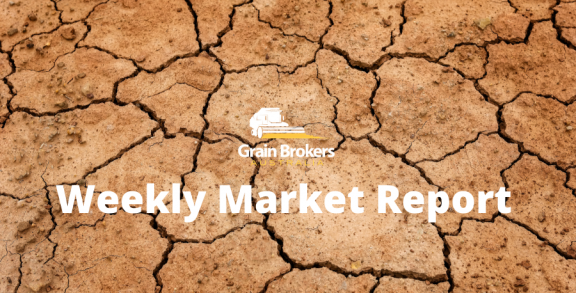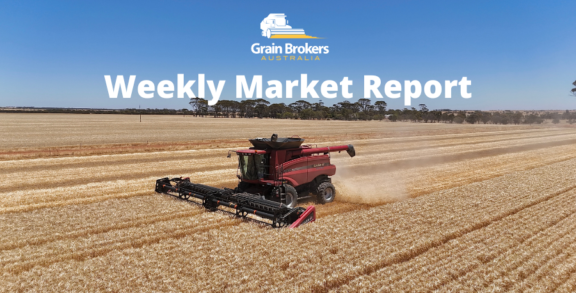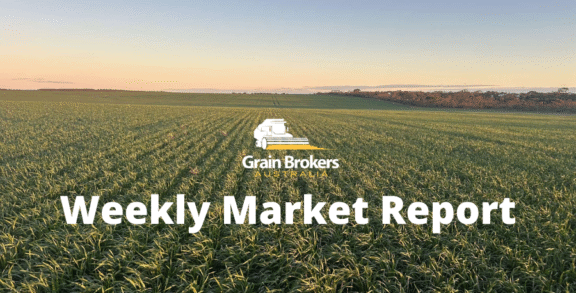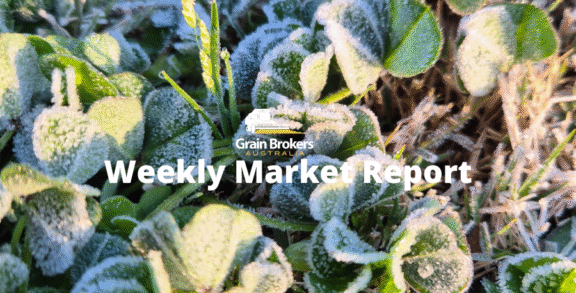
Drought ravaged agricultural production has been an all-too-common theme across the northern hemisphere over the last twelve months. Unfortunately, Iran is another country to have fallen victim to well below average rainfall and extreme temperatures during its most recent winter crop cycle.
The largest country in the Middle East, Iran has a long history of agricultural production. It claims to have invented the windmill with the first ones used in the Sistan region of eastern Iran, bordering Afghanistan, possibly as early as the mid-seventh century.
Around one-third of Iran‘s land area is suited for agricultural production. However, because of poor soil and lack of adequate water distribution in many areas, most of it is not under cultivation. Only 12 per cent is planted to food crops, but less than one-third of the cultivated area is irrigated, the balance being devoted to dryland farming.
Wheat, rice, barley and corn are grown on 70 per cent of cultivated land, with wheat – the country’s main staple – accounting for more than half of total crop production. In the 2017/18 season, Iran was the world’s 13th largest wheat producer at 14.5 million metric tonne.
Iran’s winter crop harvest concluded in August with average in-crop precipitation down by 54 per cent compared with last year and 41 per cent compared with the long-time average. In addition, heatwave conditions significantly increased evaporation, the combined effect being substantially lower production.
According to Iran’s meteorological service, the months from October 2020 to mid-June 2021 were the driest in the past 53 years, and the average temperature in the country has increased by 2° Celsius since the late 1960s. Meanwhile, rainfall has decreased by as much as 20 per cent this century alone.
The Iranian government buys wheat from domestic farmers at a guaranteed price to build its strategic reserves and regulate the market. At the beginning of the crop cycle, the Agriculture Ministry forecast wheat production would reach 12MMT and government purchases at 10MMT. In July, total production was revised lower to 10MMT, with government purchases estimated to total 7.5MMT.
By mid-September, purchases from farmers had only reached 4.7MMT, and grower sales had slowed to a trickle. Assuming farmers retain 2.5MMT for their own use and ‘over the fence’ sales, that puts production at 7.2MMT, down almost 50 per cent year-on-year. Based on government data, Iranian farmers produced almost 14.5MMT of wheat in the Iranian calendar year 1398 (ended March 19, 2020) and just over 14MMT in 1399 (ended March 20, 2021).
Iranians are among the biggest consumers of bread in the world. There are around 350 operational flour mills in the country with a milling capacity of 24MMT per annum. Current milling consumption is around 12MMT per year, and total domestic consumption is reportedly around 12.5MMT. Interestingly, domestic demand projections in the latest USDA are much higher at 17.7MMT. I suspect that reality is somewhere around the midpoint after other uses such as seed retention, stockfeed requirements and additions to strategic reserves are built into the equation.
With a supply deficit comes imports. In July, Tehran was factoring in wheat imports of around 5MMT, but with lower production, that estimate was revised higher in August to a minimum of 6MMT. However, the harvest statistics suggest that imports of as much as 8MMT may be required before March next year to ensure domestic requirements are met, and the government has enough stock to regulate domestic prices. That would push Iran to fifth by volume on the list of global wheat importers in the 2021/22 marketing year behind Egypt, Indonesia, China and Turkey.
According to Iran’s Ports and Maritime Organisation, almost 2MMT of wheat had been discharged from 122 vessels in the first half of the year (March 21 to September 22). That is an average vessel size of just 16,400 metric tonne. This suggests that the Caspian Sea trade from Russian and Kazakhstan into the ports of Anzali, Noshahr and Amirabad has been quite active. Imports have reportedly jumped significantly in recent weeks, with as much as 1.8MMT expected to be discharged in October alone.
Barley output was also adversely impacted by the drought, with final production coming in at around 2.5MMT off 1.8 million hectares, well down on the early harvest expectations of 3.7MMT. According to the agriculture ministry, imports are generally around 3.2MMT each year to meet the country’s supply deficit, but that will need to be increased to more than 5.2MMT to meet domestic demand through to March next year.
While this year’s drought has slashed winter crop production, it has also exacerbated a number of agricultural production issues that have been building for many years due to the scarcity of water, soil salinity, increasing aridity, poor infrastructure and decades of under-investment.
Around 90 per cent of Iran’s total water consumption goes into agricultural production. Groundwater is the primary source, but there is a long history of inefficiency in its distribution network, particularly for the agricultural sector. The government has been promoting agriculture and allowing the digging of deep wells, but that has exhausted the available water resources and increased soil salinity.
According to official figures, Iran now has 192 dams, about ten times more than it had 40 years ago. However, in such an arid environment, evaporation rates are incredibly high, and water transportation infrastructure is poor, seriously compromising the efficacy of such investments due to low water use efficiency.
Environmental experts have stated that the current water shortage is also the result of a misplaced perception of agriculture development and progress. The government continues to be focused on short term solutions to maximise self-sufficiency, not least as a response to economic sanctions and pressure from abroad.
The drought aside, the future of agricultural production in Iran is at a crossroads. It remains hostage to recurrent volatility, such as drought, floods, locust infestations, earthquakes. The intense focus on dam construction and tapping the limited groundwater supplies for irrigated crops have exacerbated environmental issues such as salinity and desertification. And it has failed in its goal to improve agricultural self-sufficiency and food security.
Call your local Grain Brokers Australia representative on 1300 946 544 to discuss your grain marketing needs.





